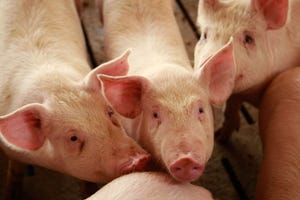Hog Health
thumbnail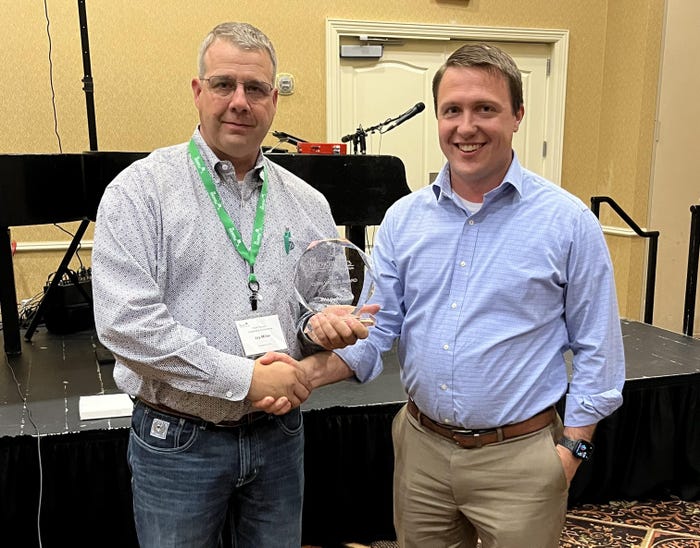
Livestock Management
Ayers honored with 2024 Core Values Award from The MaschhoffsAyers honored with 2024 Core Values Award from The Maschhoffs
More than 40 finalists for hog production company's prestigious award this year.
Subscribe to Our Newsletters
National Hog Farmer is the source for hog production, management and market news
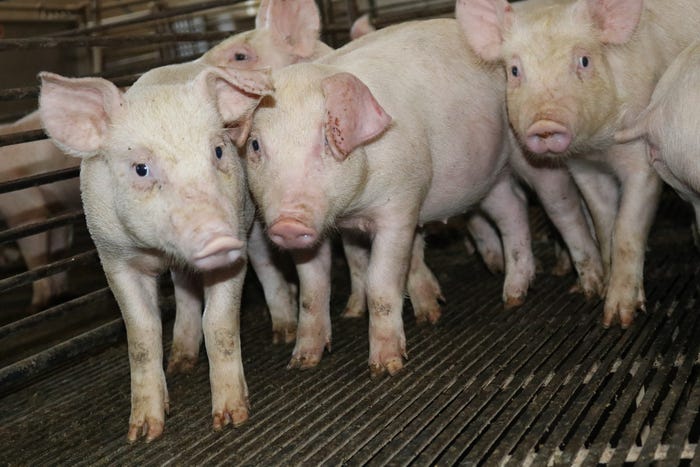


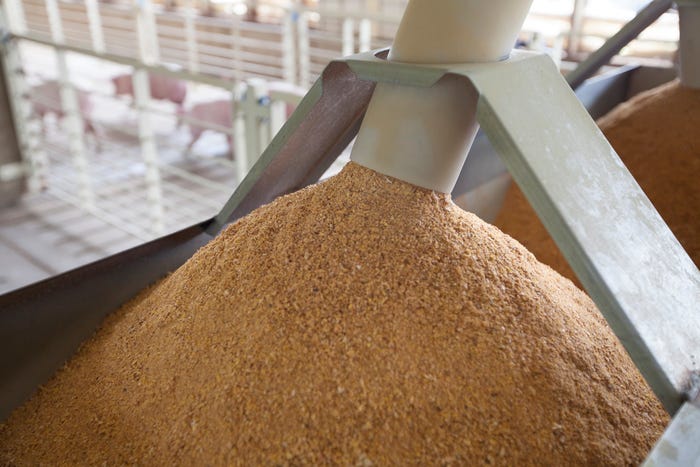
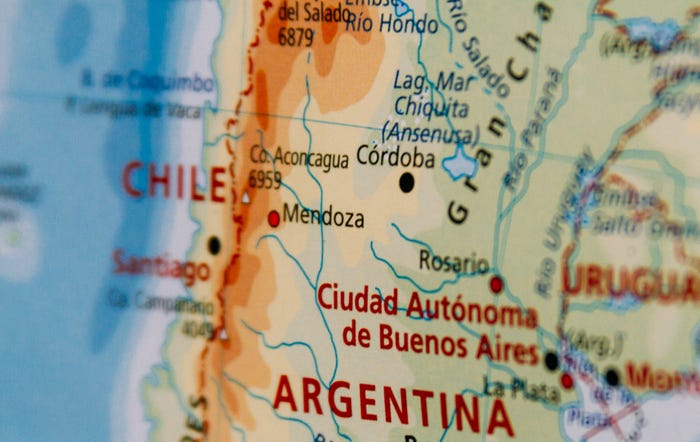






.jpg?width=300&auto=webp&quality=80&disable=upscale)






















